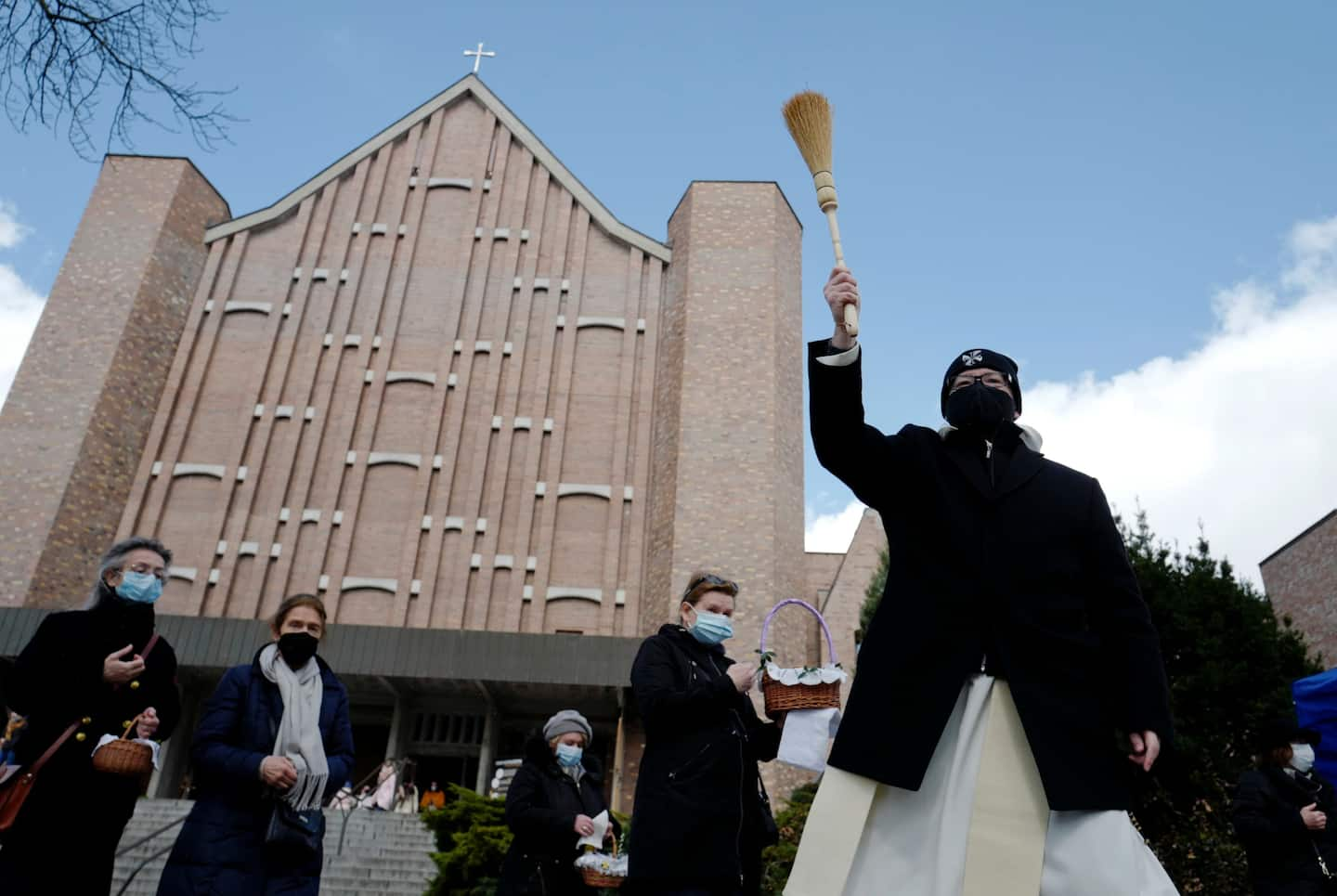The world’s second Easter under pandemic brings more restrictions and a few bright spots

Little is different as many Christians celebrate Easter this Sunday, but there are some bright spots as vaccination levels rise and some restrictions ease.
In Canada, where several provinces imposed new rules this week to temper a variant-fueled resurgence of coronavirus cases, officials from all levels of government and political stripes urged against in-person Easter gatherings with those outside one’s household, particularly those held indoors.
“I know I’ve said the same thing before every major holiday over the past year,” Prime Minister Justin Trudeau said at a news conference in Ottawa. “But this time, what’s different is that even if the end of the pandemic is in sight, the variants mean the situation is even more serious.”
Pope Francis, for the second year, will deliver his annual Easter message to a St. Peter’s Square empty of worshipers. In South Africa, where some restrictions have been eased, indoor religious gatherings were restricted to 250 people, and outdoor ones to 500 people, ahead of the holiday.
At an Easter vigil service on Saturday, the pontiff looked forward to the end of the pandemic so people could rediscover “the grace of everyday life.” The service began two hours earlier than usual under Rome’s 10 p.m. curfew.
Much of Europe, beset by variants, is also back under lockdowns, though less stringent ones than during the first round of global shutdowns in March and April of last year.
France, Germany, Ireland, Spain and Italy, among others, have all issued increased restrictions on movement and meetings with Easter events in mind. (Orthodox Christians celebrate Easter on May 2.)
In France, people cannot travel more than six miles from their home except in certain exempted cases under rules that took effect Saturday. Yet President Emmanuel Macron said the restrictions would be less strictly enforced over the Easter weekend.
Belgium has barred nonessential travel from outside the country, though it has allowed movement to continue within. Spain, in contrast, has permitted European travelers with negative coronavirus tests to enter, even though movement between regions is restricted, the Guardian reported.
In Italy, the country has been classed as a high-risk “red zone,” which means people are banned from traveling beyond their home regions for Easter celebrations. The government, however, has permitted Italians to still travel abroad and imposed testing and quarantine rules for anyone entering the country.
Authorities in Britain just eased restrictions after a three-month-long lockdown. There are fears that large Easter gatherings will be difficult to prevent.
In Jerusalem, religious sites that were shut down this time last year are open to a limited number of worshipers as communal life in vaccine-saturated Israel returns. Still, there will be none of the usual influx of pilgrims, as travel into the country remains restricted. The Czech Republic has eased its nightly curfew to allow for Easter religious events.
In Australia, some 60,000 people a day can attend the Royal Easter Show at Sydney’s Olympic Park for the annual showcase of Australian traditions. Authorities, however, remain mindful of the pandemic: A contact-tracing system is ready in case any coronavirus cases are detected.
Amanda Coletta in Toronto contributed to this report.
Read more:






